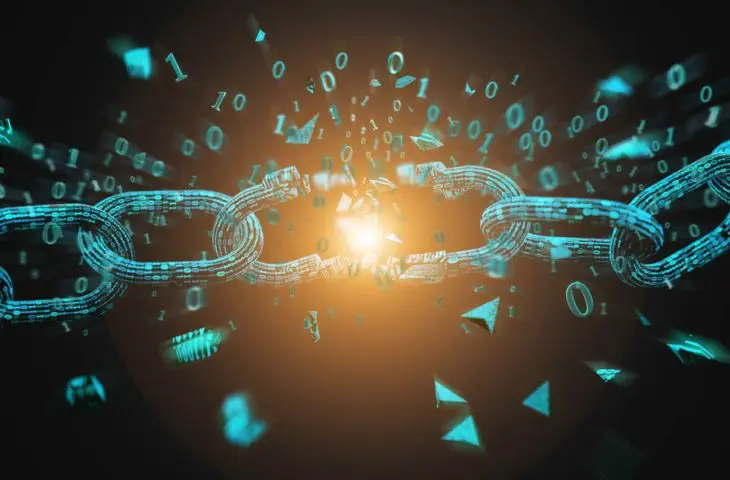D-Wave demonstrates that quantum computers can support a blockchain more efficiently. While technically interesting, the practical added value seems limited at this time.
D-Wave has proposed a new blockchain architecture that utilizes quantum computers. The company tested the technology on a network of four quantum computers spread across North America.
More Efficient Computing
In a new research report, D-Wave proposes a blockchain solution that relies on a proof of quantum work algorithm. This algorithm uses quantum computers to generate and validate blockchain hashes.
The classical proof of work system that is common today in Bitcoin and others requires large amounts of energy. Classical computers must decipher a complex and unpredictable cryptographic puzzle in a process called mining. The computer that deciphers the puzzle first gets to add a new block to the blockchain. The winner of the cryptographic competition is mathematically unpredictable, and this randomness helps to make fraud impossible.
However, the proof of work is very computationally intensive. Computers that mine for Bitcoin are said to collectively consume about as much energy as the entire country of Poland. D-Wave claims that quantum computers can reduce this energy requirement by up to a thousand times.
Four Nodes
For the research, the company used four cloud-based quantum computers in Canada and the United States. These systems are based on the annealing principle. It’s the first time a blockchain has been distributed across multiple quantum computers. According to D-Wave, the network worked stably despite differences in architecture and generations between the systems involved.
In addition to energy efficiency, D-Wave also emphasizes increased security. The proposed approach completely avoids classical computers in generating hashes. Only quantum computers perform this task, which D-Wave claims adds an extra layer of security.
Professional Blockchain
Blockchain is often associated with cryptocurrencies like Bitcoin, but it also has applications in sectors such as logistics, healthcare, and identity management. A digital currency might actually be the least suitable application of the technology, given the inefficiency of the transaction system and the instability of the exchange rate.
Within professional sectors, where smaller, targeted blockchains are the norm, the technology does have added value. That’s where D-Wave wants to focus. In this context, it’s not unthinkable that all participants would have access to a quantum system. Consider a network of major banks worldwide that uses a blockchain to quickly validate international transactions.
D-Wave is opening its Leap quantum cloud platform for organizations that want to test or integrate the technology. The company announces that it is seeking further collaboration to bring products based on the new architecture to market.
Reservations
Two points are relevant: Bitcoin’s high energy consumption is related to the large number of participants in the cryptocurrency’s blockchain. These participants are not suddenly all going to switch to quantum computers when they can currently make money with classical computers equipped with GPUs or similar accelerators. On a smaller professional scale, while there is technically added value, energy consumption is not problematically high. So there doesn’t seem to be an immediate business case for embracing quantum there.
D-Wave is a pioneer in quantum computers and recently claimed quantum supremacy. This term refers to a milestone where quantum computers become more powerful than traditional systems. However, the claim is disputed. Moreover, it only concerns a very specific type of problem in which D-Wave’s quantum computer would have an advantage.
